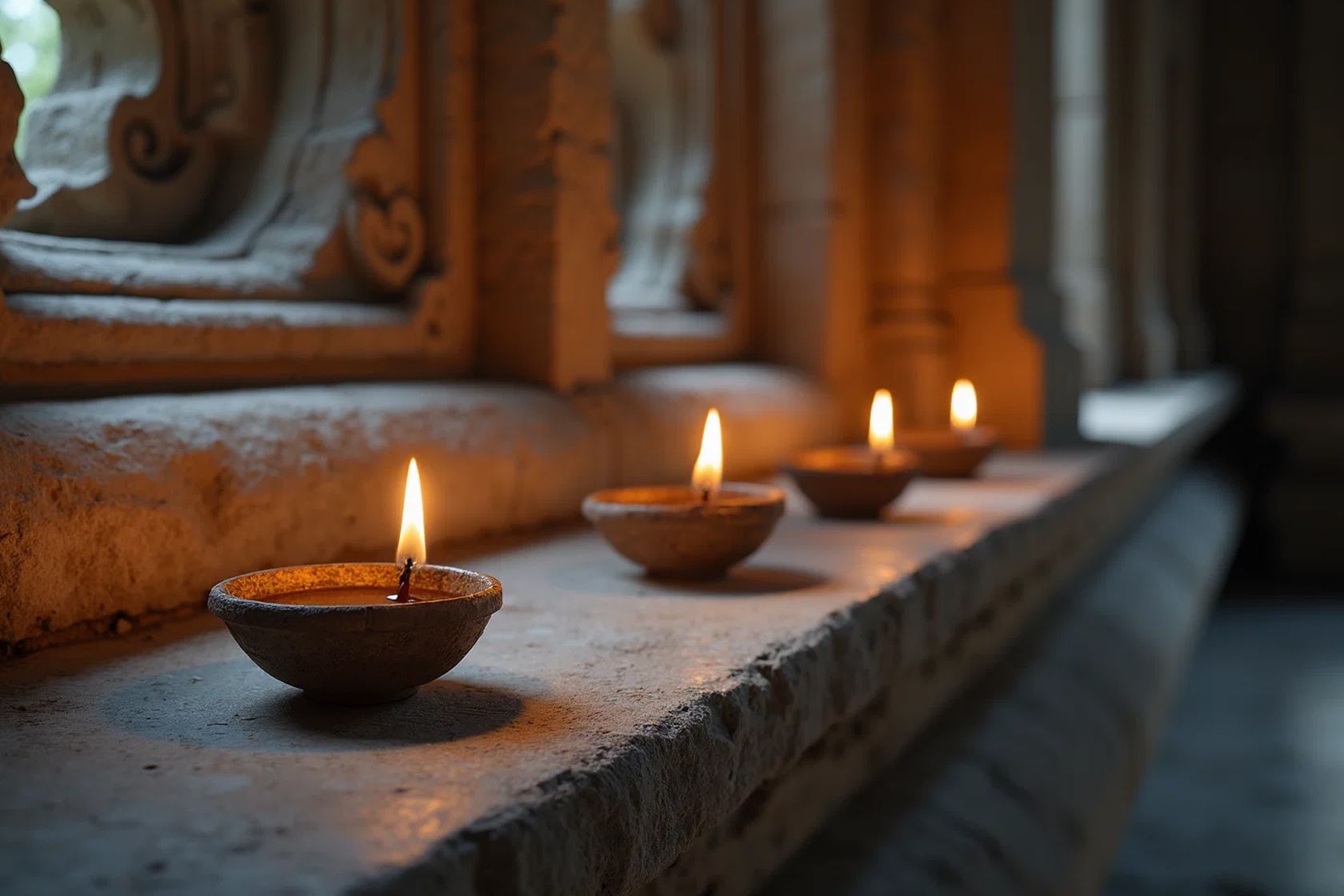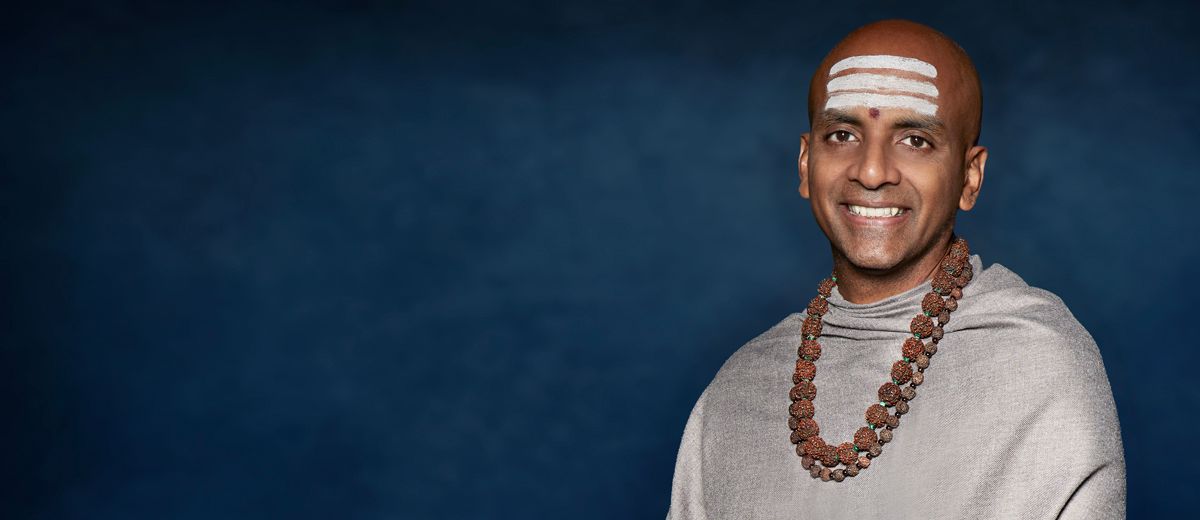
A couple of months ago, I returned from guiding a spiritual adventure through Cambodia and Malaysia. The experience was profound—not just for those who joined me, but for me personally. Every journey continues to remind me that a truly spiritual life—one where real progress is made—is never lived by chance. It must be lived by conscious design.
Over the next few weeks, I want to shift our focus to spirituality—what it truly means to live a spiritual life in today’s world.
To begin, let me offer a structured lens through which to view a spiritual life. There are four core steps that define and support spiritual living:
Philosophy – This is the foundation. It answers the big questions: Who am I? Why am I here? What governs life? Are there multiple lives? This is where we must begin—by gaining clarity on the exact philosophy we subscribe to. The philosophy we studied on this past journey was rooted in Hinduism, or Sanātana Dharma (Sanskrit for “eternal truth”)—a timeless spiritual path that teaches the purpose of life is Self Realization.
Goal – From your spiritual philosophy emerges your spiritual goal. If you believe life is about spiritual evolution, then the goal becomes clear: to realize the Self and, eventually, to merge with the Divine. The clarity of your goal shapes your discipline, your decisions, and your direction.
Path – There is a path to every goal. To make progress on it, the path must be clearly defined—with markers or milestones that help us know whether we’re truly advancing. If there is no path, then where are we going?
Lifestyle – What is the lifestyle I need to live in order to stay on the path and reach my goal? What guidelines do I follow? What practices do I commit to? It’s important to remember that at different stages of the path, different guidelines and practices are more relevant. What applies at the base of the mountain may not apply at the summit.
Your lifestyle includes your spiritual practices, mental discipline, ability to focus, and the use of tools—like meditation and affirmations—to consciously navigate life. It’s how you live these teachings each day: how you wake up, how you speak, what you consume, what you avoid, and how you engage with the world. It’s about living in alignment with the philosophy you’ve chosen, as best you can.
On this recent spiritual adventure, I chose Cambodia and Malaysia to highlight the contrast between temples—those that are abandoned and those that are alive with daily rituals. The former, though magnificent in appearance, lack energy. The latter are vibrant, resounding with spiritual force, cultivated and sustained each day by priests and devotees. Our body and mind are like temples. Without a lifestyle that nurtures spiritual energy, we become like empty citadels—majestic perhaps, but lifeless within. Our spiritual lifestyle is the foundation of our spiritual unfoldment.
The process of outlining a spiritual life begins with philosophy. You don’t build a lifestyle and hope it leads to realization. You begin with clarity of philosophy, then reverse-engineer your spiritual life from there. This simple framework brings clarity in a world filled with spiritual noise. I’ll be expanding on all of this in the coming weeks.
I’m in the early stages of planning two profound retreats for 2026, each designed to deepen spiritual practice and inner transformation. I’ll be sharing more soon—and if what we’ve explored here speaks to you, I’d love to have you on the journey.








